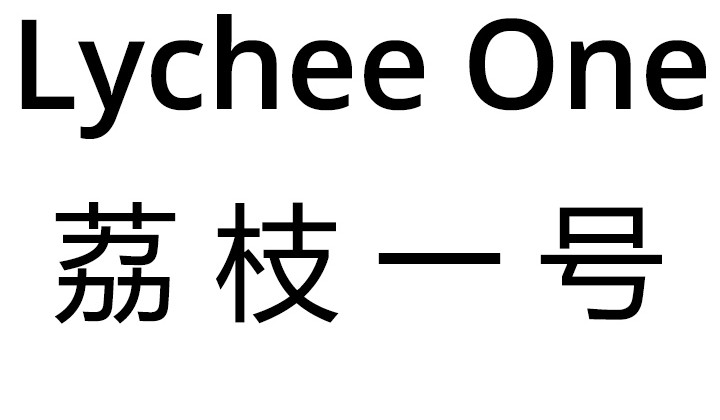When You’re Smiling
Chantal Faust
Robert Crosse, Family Values, commissioned by Photoworks for the series Who’s looking at the family now?, 2013.
http://photoworks.org.uk/youre-smiling-family-values/
If extraterrestrials were to land on earth and attempt to impersonate a human family using information gleaned from random snapshots, the result would probably look a lot like Robert Crosse’s videos. Although the smile of an alien could presumably last forever, with no cause to fade.
‘Happy families are all alike; every unhappy family is unhappy in its own way.’ In the opening sentence of Anna Karenina, Tolstoy could well be describing the ubiquity of the smiling face in family albums. Intimate huddles form before various backdrops, all facing outwards, looking happy. Another year. Another candle. The sound of happiness can be squealed into action with one long blow to uncoil a party horn’s metallic balloon. Unhappy families smile too.
It seems the simplest of acts, yet a smile is impossible to maintain. Mouths become smile-shaped with the pronouncement of the word ‘cheese’ and this resemblance to an expression of happiness is sufficient for a photographic instant. Whether genuine pleasure or simulated for effect, in the living world happy faces don’t linger, they get carried away with a thought. As Chuck Palahniuk wrote in Invisible Monsters: ‘You can only hold a real smile for so long, after that it’s just teeth’.
It is difficult not to mimic the efforts of the Crosse Family as they strain to keep up their cheery appearances. This is endurance smiling. Smiles that spread, stiffen, droop and fall off the face. Yet despite the setup, there is something beautifully earnest in watching these protracted performances. The happy faces may be put on, but they are put on together. The family unit performs their own performance as an ensemble, perhaps as much for the benefit of their own eyes as for the gaze of some invisible other, viewing a future playback of this record of family time.
These are moving images, at times barely so, yet the static posing recalls a photographic history of long exposures and subjects attempting to maintain their focus before a lens. It is as if the still family portrait has come alive, but the animation must be confined to the time of the image. Each character continues to smile, sit, eat, celebrate – whatever they were doing when first posing for the portrait – but this is all they are able to do, and must keep on doing. A blink can seem momentous in this space and the strain to sustain a smile for the camera becomes increasingly hard to bear.
Caught in a state of photographic purgatory, somewhere in between life and the image, smiling and posturing here become absurd in Crosse’s video portraits. Father, mother, sister and brother keep refreshing their smiles before the camera, with no apparent reason for their unfaltering joy. Piled in the car on a road trip to nowhere, sharing a healthy breakfast at the gym, eating pizza on the sofa, seated around one table or another, smiling and smiling without a word as if someone had forgotten to switch off the camera.
The family plays together, playing themselves, playing happy in each recorded performance of these everyday rituals. Look at Robert smile; see how it jumps up his face. Could he be any happier? Of course we understand that he is miming, however, this marionette is also the one pulling the strings. Perhaps he wants to show us something of the slow torture of being forced under a lens. Yet his smile is so brilliant that you want it to be real. It lingers beyond the sparkle, longer than it should. It is a little creepy.
The insincerity of the gesture is apparent, what is compelling is the witnessing of an extended communal struggle to uphold this resolute presentation of good spirits. We learn nothing about individual relationships within the family, but to have taken part they must share a level of trust, ease, good will and humour. Invisible, these family values can still be understood, clearer to read than a face. It is a kind of love scene: solidarity in smiling.
Again, none of this would be perceptible if it were not for the passing of time. One drawn-out minute after another, for how long can they sustain this charade? Or could it be that authenticity resides here within this unsettling display that highlights the absurdity of these situations? The laboured self-impersonation may well be the crack in the mask, the only genuine act. As difficult as it is to sustain in real time, what matters here is not the quality of the expression, but the demonstrable act of smiling that offers the spectacle of one family’s devotion to living up to their own image.
George Bernard Shaw wrote that, ‘if you can’t get rid of the family skeleton, you may as well make it dance’. These intimate portraits of the Crosse Family disclose little about their lives. What is unveiled here is a complicit acknowledgement of the roles, choreography and rituals that make up family relations. In the absence of words, sometimes it is easier to just keep smiling, beyond the point of reason. As Shirley Temple once sang, you’ve got to S-M-I-L-E to be H-A-double-P-Y. It is the presentation of an idea, and perhaps there is little separating showing from being. For as long as we are watching, the Crosse Family keep smiling still.
- Chantal Faust 2013
